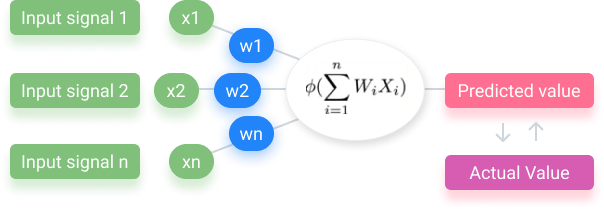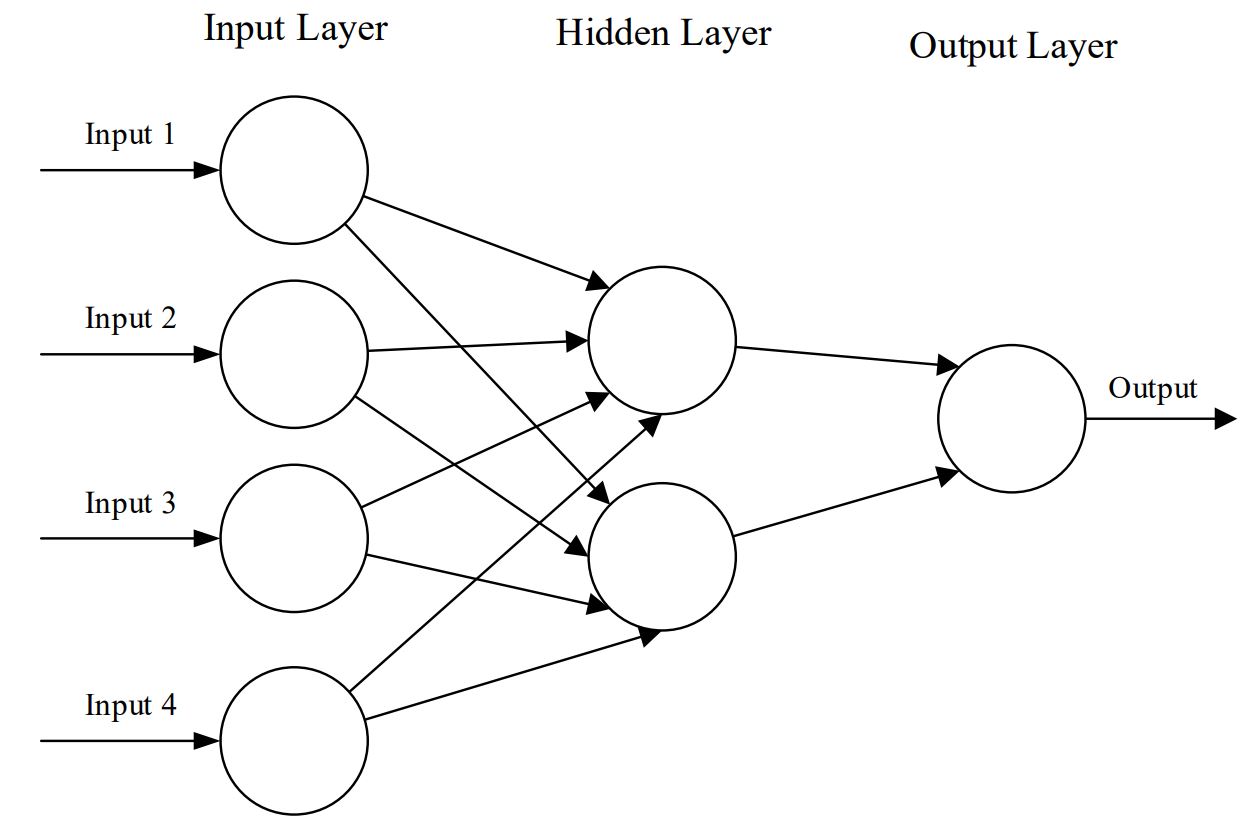This article will explain the difference between Artificial Neural Networks (ANN) and Convolutional Neural Networks (CNN). We will go over how they both work and the nuances that separate them from each other.
Similarities and Differences of ANN vs. CNN
ANN uses weights and an activation function for the bulk of its method. The best way to describe how an ANN works is that it artificially reconstructs how a brain’s neural network works, utilizing neuron activation. After it gets something wrong, it goes back and “changes” the way it thinks, as a human would.
The “layers” in ANN are rows of data points hosted through neurons that all use the same neural network. ANN uses weights to learn. Weights get changed after each iteration through the neuron in ANN. ANN goes back and changes the weights depending on the accuracy calculated by a “cost function”.
Comparatively, there are no neurons or weights in CNN. CNN instead casts multiple layers on images and uses filtration to analyze image inputs. These layers are the math layer, Rectified Linear Unit (ReLU) layer, and the fully connected layer. The purpose of these layers is to understand patterns that the network can “see”, process the output of data, and provide an n-dimensional vector output.
That n-dimensional output is used to observe distinct features and connect them with the image input provided. It can then give the classification output to the user. Despite their differences, both methods use measures of error to improve learning and produce epochs to analyze the effectiveness of the models generated.
Input Processing
ANN processes inputs in a different way than CNN. As a result, ANN is sometimes referred to as a Feed-Forward Neural Network because inputs are processed only in a forward direction.

Because of the reliance on valid data inputs, ANN tends to be a less popular choice when analyzing images. Meanwhile, CNN works in a compatible way with images as input data. Using filters on images results in feature maps. CNN doesn’t process data in a forward-facing way but rather refers to the same data multiple times when creating maps.
Image Classification
With ANN, concrete data points must be provided. For example, in a model where we are trying to distinguish between dogs and cats, the width of the noses and the length of the ears must be explicitly provided as data points.
When using CNN, these spatial features are extracted from the image input. This makes CNN ideal when thousands of features need to be extracted. Instead of having to measure each feature, CNN gathers these features on its own.
Using ANN, image classification problems become difficult because 2-dimensional images need to be converted to 1-dimensional vectors. This increases the number of trainable parameters exponentially. Increasing trainable parameters takes storage and processing capability.
In other words, it would be expensive. Compared to its predecessors, the main advantage of CNN is that it automatically detects important features without human supervision. This is why CNN would be an ideal solution to computer vision and image classification problems.
Data Classification
ANN is ideal for solving problems regarding data. Forward-facing algorithms can easily be used to process image data, text data, and tabular data. CNN requires many more data inputs to achieve its novel high accuracy rate.
In many cases, to get the same accuracy as ANN for data processing, you have to use multiple data augmentation methods to widen the reach of your data. In addition, ANN can implicitly detect complex nonlinear relationships between dependent and independent variables.
It would also get you virtually the same accuracy rate as using CNN for data classification problems. This makes CNN an overkill solution for a data classification problem since you’d have to augment your data to artificially inflate the dataset and deal with the storage and hardware dependencies of CNN. ANN is a comparatively lightweight way of solving data classification problems.
A Brief Recap
In conclusion, there are specific instances in which ANN could be preferred over CNN and vice versa. They are both unique in how they work mathematically, and this causes them to be better at solving specific problems.
In general, CNN tends to be a more powerful and accurate way of solving classification problems. ANN is still dominant for problems where datasets are limited, and image inputs are not necessary.
However, because of CNN’s ability to view images as data, it’s the most prevalent solution for computer vision and image-dependent machine learning problems.
What’s Next?
Convolutional and artificial neural networks are imperative to machine learning fields despite their differences.
If you want to know more about the workings behind them and how computer vision is used in society, we suggest reading the following:
- Dive Deeper into Artificial Neural Networks
- An easy-to-understand guide about what is Deep Learning?
- Guide to Image Data Augmentation for Computer Vision
- What is semi-supervised Machine Learning? A gentle introduction
- Read about the 3 Deep Neural Networks you need to know.
